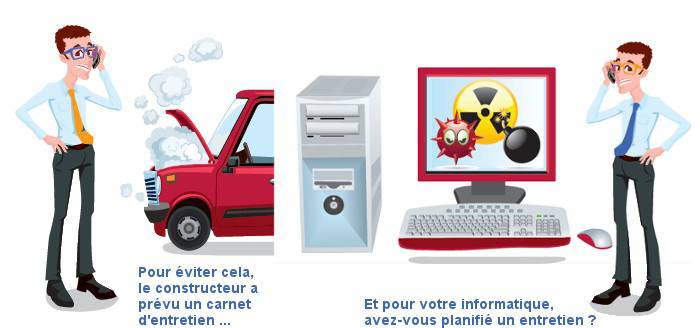The glare on your evening commute may be tough, but imagine driving a Formula 1 car 200 miles an hour into the sunset at Yas Marina—a raceway filled with shadow-casting overpasses, a light-reflecting megahotel, and a shimmering marina filled with yachts. That’s the vertigo-inducing challenge presented by the F1 Tour’s first twilight race, the Abu Dhabi Grand Prix, which takes place this month along the Persian Gulf. The course has become a tour highlight, drawing 50,000 spectators and half a billion TV viewers annually, and race organizers thought it would be especially cool to start a race in daylight and end in darkness. But visibility for drivers was a concern, and glare from lighting can ruin the view from grandstands and wash out broadcast footage. So they contracted with Musco Sports Lighting, an Iowa-based outfit that specializes in illuminating sports complexes, to create a 4,700-fixture, 600-million-lumen lighting scheme that mimics the sun—minus some hassles. “It’s like watching a day race without the heat,” project engineer Jeff Clouse says. Here’s how to get high-noon clarity on demand.
1. Diagram
For HD broadcast, Musco aims to generate 1,500 vertical lux, the brightness of a typical Division 1 college stadium. Techs used a proprietary CAD program that calculates total lux per square foot as they add or subtract light setups and aim fixtures. Each light pole is then manufactured with an exact height, aiming angle, and position location for build-by-number assembly.2. Main Lights
Because the course twists and turns, lights must be placed above the drivers’ line of sight, but they can’t spill into hotel windows or grandstands. For basic lighting, Musco erected 121 Light-Structure Green poles. Each holds a rack of 1,500-watt metal-halide bulbs with reflective aluminum visors that illuminate the track 40 percent more efficiently than traditional field lights.3. Secondary Lights
To eliminate street-level shadows along hairpin turns, Musco added hundreds of 10- to 40-foot poles mounted with Mirtran lights. Each of these 3-foot-square fixtures contains a 2,000-watt metal-halide bulb pointed inward at reflectors. Mirtrans project a focused beam that covers a wide swath of track with less spillover than standard floods.4. Tunnel Lights
At high speeds, small shadows create disorienting flickers for drivers. In places where the company couldn’t use traditional lampposts, it improvised. For example, the ceiling of the pit row tunnel along the start/finish straightaway is outfitted with a strip of 400-watt canopy lights like those used at gas stations.5. Road Test
Before the race, Musco checks light levels by mounting a luminescence meter to a pace car and driving the course. Any blips get remeasured by an engineer on foot, who adjusts aiming angles. Come race time, F1 cars make 55 laps around the 3.45-mile course, averaging a blistering one minute, 40 seconds per lap. Blink and you’ll miss them—but not because the view isn’t perfect.
Illustration: Luke Shuman












